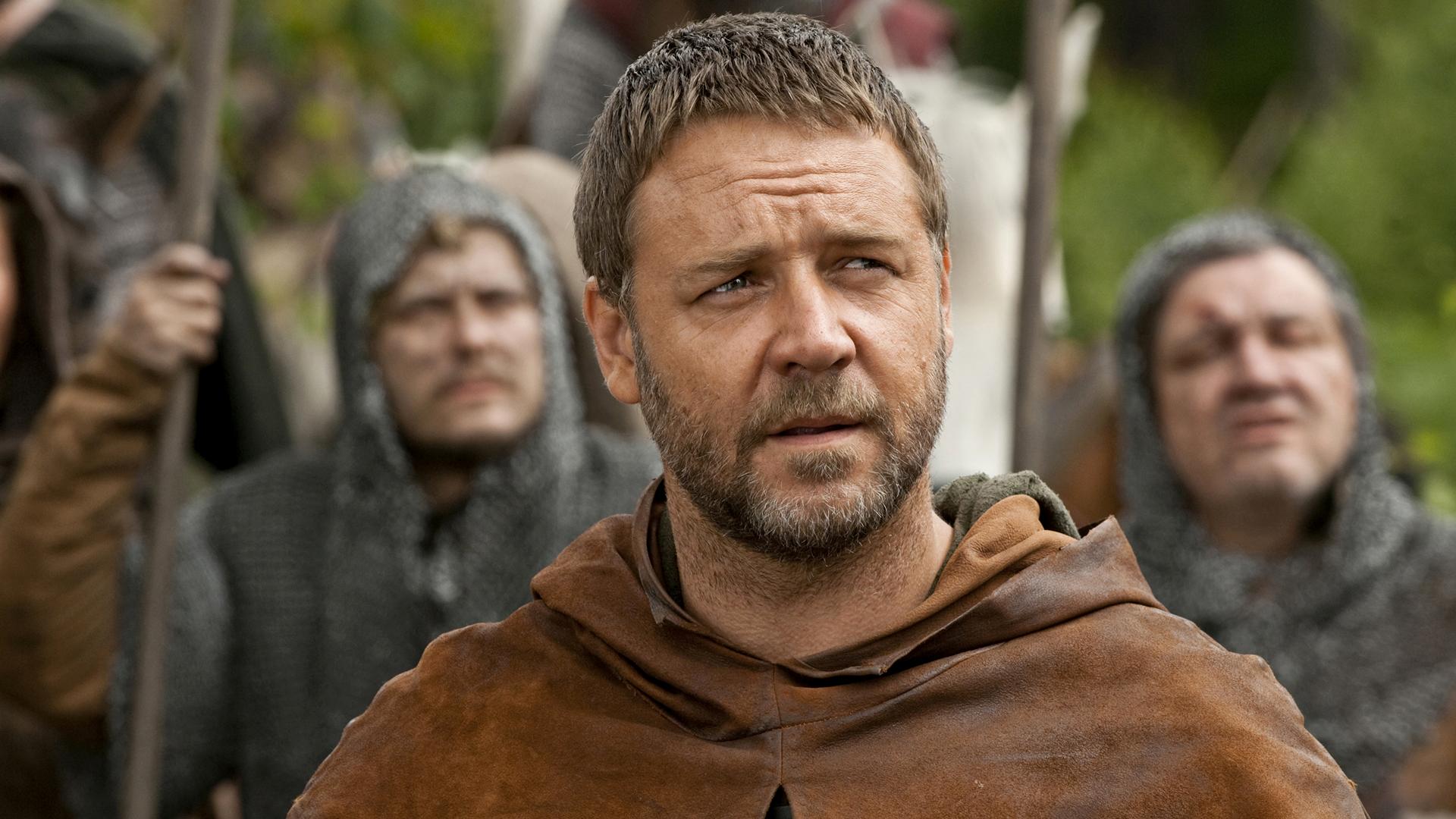
Movies are a thing of fantasy. They let us leave the dreary now and enter a world that isn’t really, but might be. We can imagine for a little while that we’re in the far future, or on another world or in another dimension, or that we’re living in the exciting past when adventures were common.
Period movies build an illusion of the past, but some do it better than others. There have been many movies that got the past completely wrong, and that’s not necessarily a problem. The inaccuracies of History of the World: Part 1 and A Knight’s Tale are part of the fun. When a movie is set in the past, inaccuracies and anachronisms can be hilarious, but in a serious movie, they break the illusion and stop the fun altogether.
Some anachronism is not usually a problem. In Master and Commander they sang a song that wasn’t written until about three years after the movie takes place. This is no big thing. When attitudes, technologies and culture is completely wrong, it makes a movie that could be good become ever more irritating, not least because those who don’t know much about history may think that Scots really did wear kilts in the 14th century.
The worst kind of anachronism in movies comes form attitudes that are not only clearly present-day, but impossible for earlier people to hold. It’s like asking a caveman whether he prefers iOS or Android. He doesn’t have the frame of reference to understand what the heck you’re talking about. That kind of thing spoils the fun very quickly, because only a very closed mind doesn’t know that their present-day prejudices and preconceptions aren’t universal in all periods of history.
Here are ten movies that just ignored accuracy, and not for fun.
10. Noah (2014)
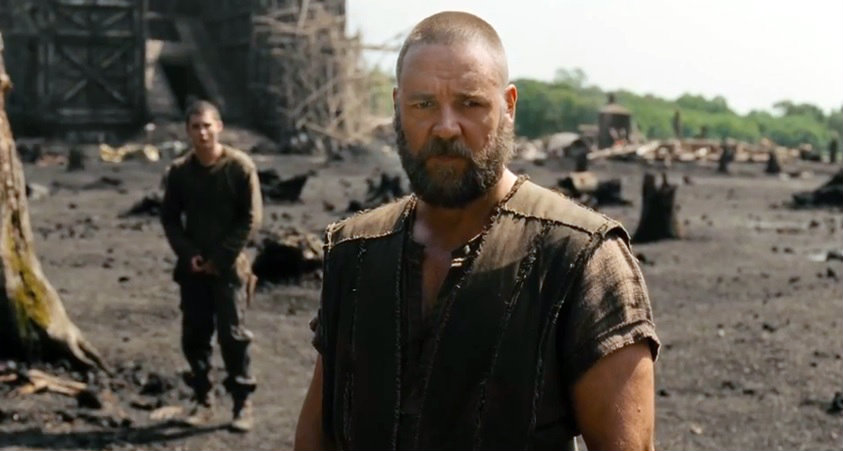
Much has already been written about how Noah doesn’t follow the Bible version of events, nor even the Epic of Gilgamesh version of the flood. It’s ‘reimagined’ to be a complete fantasy, but it’s still a period piece, in the sense that it is supposed to be taking place long ago.
And the attitudes that Noah takes simply couldn’t exist among neolithic people.
He decides he needs to kill his grandchild because humans are all evil and should be wiped out, which so far isn’t that far off from the story; God decided to destroy all flesh because of the endless violence, and Noah might have taken that same attitude, thinking that humans shouldn’t survive the flood, only the animals.
The problem is why: because humans would ruin the world. So this turns out to be an environmental thing, rather than the welter of violence described in the Bible.
The worship of nature in ancient peoples is nothing like the pretend worship of nature we see today. They feared nature, and most worship came in the form of buying off the gods of nature. Their fear was not unreasoning; before the advent of city-states starvation was just one bad harvest away, and up until quite recently a couple of years meant the same thing. Ancient peoples wouldn’t have seen wolves or other predators as ‘magnificent creatures’ studied from afar, but competitors for game and a danger to their children.
The modern attitude of adoring nature comes specifically from being cut off from nature in the way only a giant modern city can. And yet nature is still trying to kill you, even in Manhattan, as Hurricane Sandy demonstrated.
Didn’t do a very impressive job, as New York City is still there, but it did try.
And that is the attitude that simply couldn’t have existed before one could live in a high-rise that sneers at wind and snow and is safe from wolves and bears. People used to live in harmony with nature because there was no alternative except death. The idea that humans had no right to exist never would’ve occurred to them, because they were involved in nature intimately, and knew exactly how quickly it could kill them and in how many different ways.
Even if you can stand the giant rock-people, this attitude just kills the story.
9. Last of the Mohicans (1992)
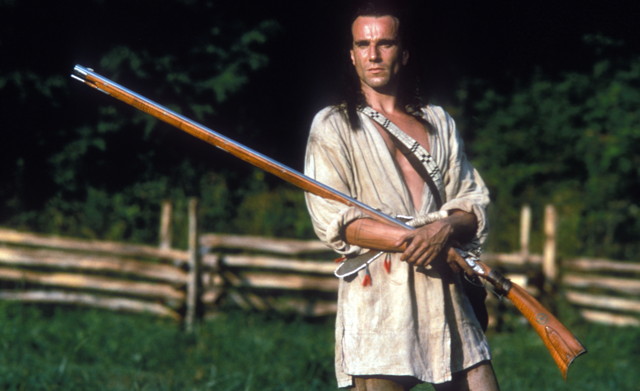
One movie that is completely schizophrenic is the 1992 version of Last of the Mohicans. Leave aside the fact that it ignores the book, and it seems stupendously good one moment, and utterly anachronistic the next.
The costumes and scenery are marvelous, and the engineering of both Fort William Henry and the offensive works outside were superb, possibly even perfect.
However the attitudes and the cultural mores are closer to the 1960s than 1750s.
Michael Mann, the director, intentionally gave the protagonist a different name, age, and attitude than the book, which is his prerogative. The name Natty Bumppo, nicknamed Hawkeye, became Nathaniel Poe, aka La Longue Carabine (the Long Rifle), and only once is Hawkeye mentioned. His attitude of rebellion against ‘the Man,’ wouldn’t have existed in that time and place. The Colonists in general, all the way up to the Revolutionary War, were never anarchists, and the revolution in its orderliness was very dissimilar from most others, in particular the French Revolution. A sixties radical would’ve been out of place among even the arch-radicals of the 1750s.
Then there are some glaring historical errors, like a parachute-equipped flare over the French trenches, something not used until WWI. Then there is the ability to reload a rifle on the run…the Minie ball had yet to be invented, and the reason why rifles were not used by all soldiers is because they took too long to reload. Muskets were preferred for military use because they were not rifled. Rifles had their use in the military, but they were not front-line weapons, rather those of skirmishers because of this difficulty in loading.
And so The Last of the Mohicans is better understood as a superhero movie rather than a period piece.
8. The Three Musketeers (1993)
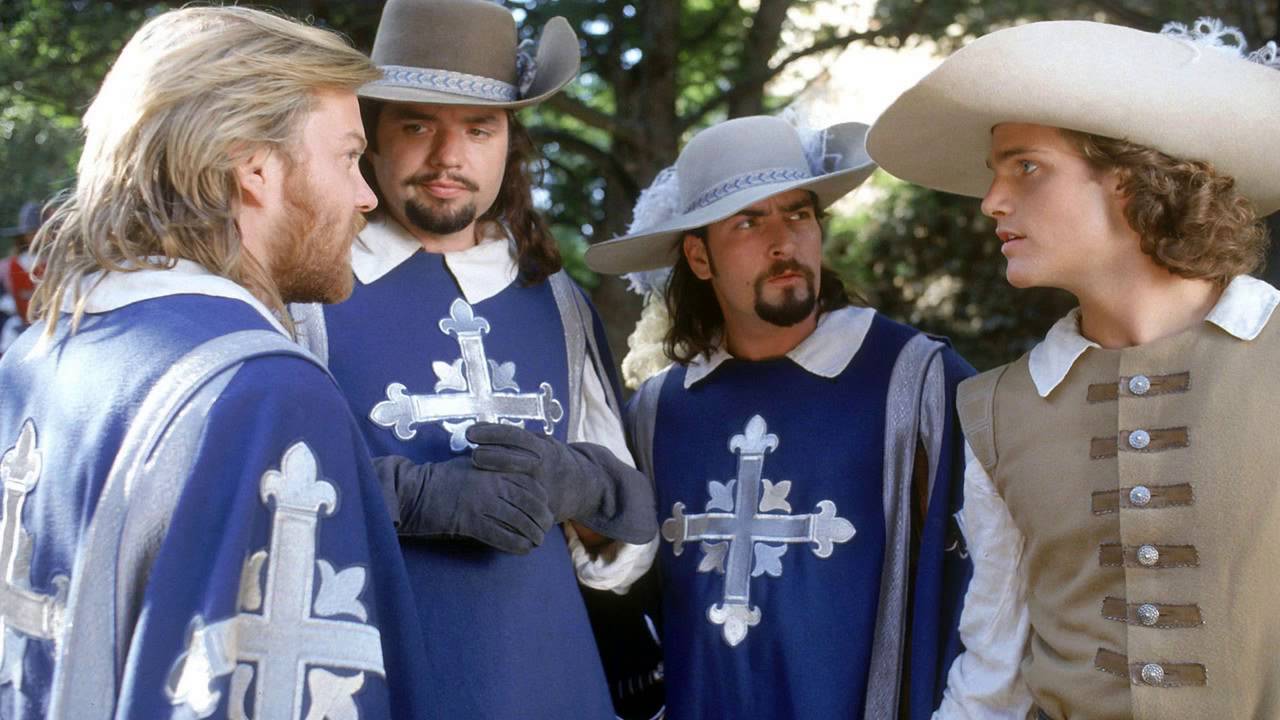
While this movie has some funny bits, it makes so many historical mistakes that turns laughter into groans. The battle scenes are reminiscent of the Vietnam War, the attitudes are more 1970s than 1620s, and even some of the muskets are rifled, something extremely rare in that time period. At that time a rifle would’ve been decorated and expensive, not used in war at all. Then there is Porthos (played by Oliver Platt), boasting about a gift from the Tsarina of Tokyo, but there was no Tokyo in the 1620s—Edo was renamed Tokyo in 1868.
Worst of all is the ending, when D’Artagnan is made a musketeer…by being dubbed a knight. Except he wasn’t made a knight, just a musketeer. That was certainly the biggest groan of them all.
The slapstick movies from 1973 & 1974 remain the best version of The Three Musketeers, which isn’t saying much. Despite some fine actors, this Disney version didn’t even try.
7. Pathfinder (2007)
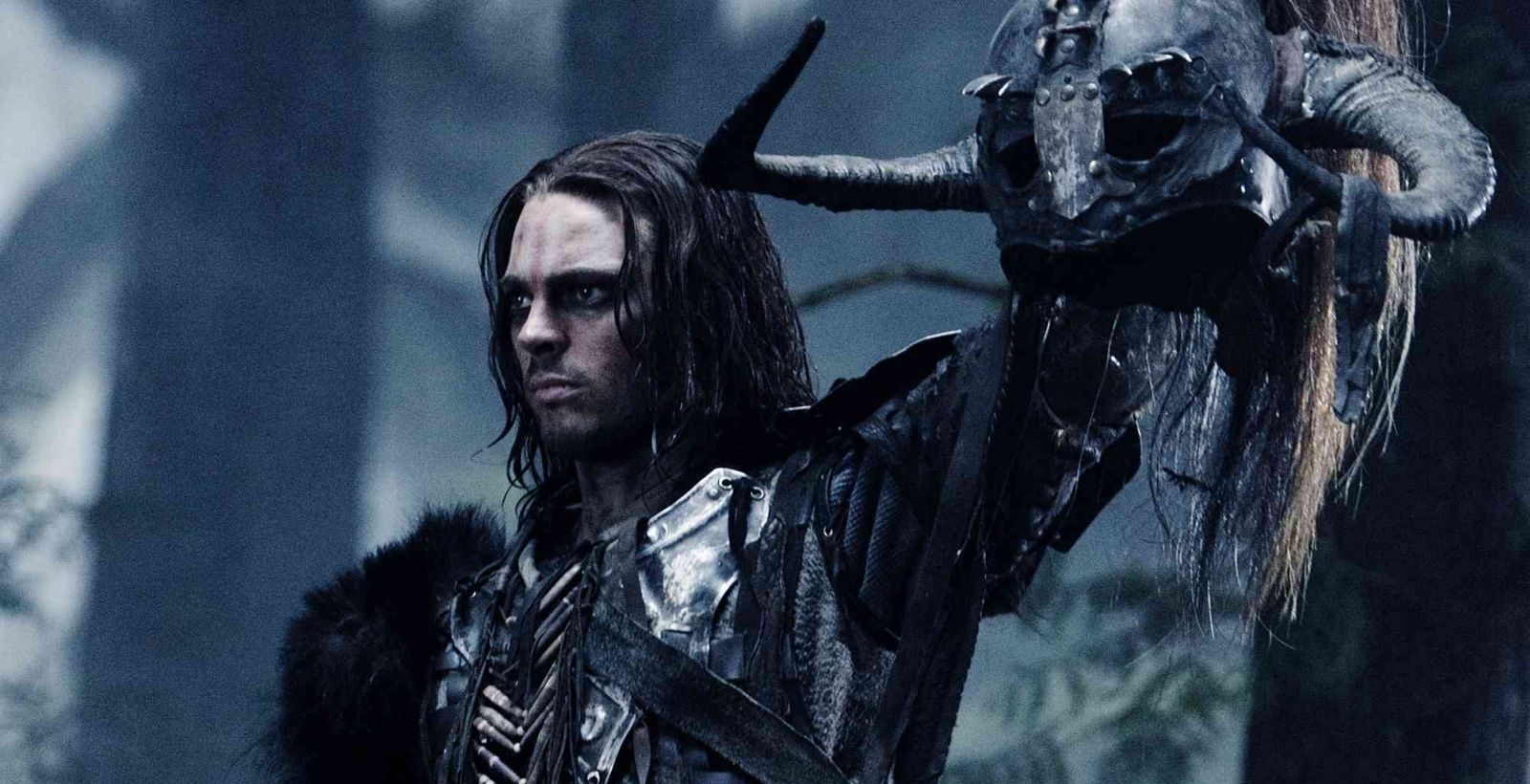
This remake of a 1987 Finnish movie follows the storyline somewhat vaguely but instead of being set among the Sami, it is moved to North America. The peaceful people being attacked are transformed into Native Americans of an unnamed nation along the northeastern Canadian coast, while the somewhat mythical Tjuder or Chudes of the original become Vikings.
And not historical Vikings.
Vikings often get short shrift in movies, and Pathfinder is no exception. Vikings never wore horned helmets, of course, but that’s only the beginning. Their armor and weapons are from all over the place, and all of it anachronistic. This worked in The 13th Warrior, because their armor was literally from all over, like an ancient Roman gladiator helmet still in use hundreds of years later. In Pathfinder, nobody ever wore most of the armor we see in the movie, and the pieces that did exist came into being centuries after the Viking Age.
In a fantasy movie crazy armor might make sense, but in a historical movie it is silly. The simple fact is that nobody would go to war, literally risking their lives, in armor that hampered movement and offered lots of gaps for enemy weapons. Vikings wore mail byrnies almost exclusively, with a lot of different helmets, none of which were horned. A mail byrnie covers a man from chin to knees and usually had elbow-length sleeves. It doesn’t look cool enough for Hollywood; armor always has to be plate, even when it makes no sense.
What’s more, the two-headed axe was never used by Vikings, unless one of them happened upon an classical Roman bipennis. The Danish Axe had a four-foot haft with a small head, because speed matters more than weight in weapons. A heavy axe is slow, a light axe is fast.
Vikings deserved their reputation for savagery, but even that is overdone in this movie. They would at times kill every soul in a village…except for the young women. They killed babies—they had a game they called ‘spit the baby,’ where one tosses a baby in the air and spits the baby on the sword. Hrolf the Baby-lover went down in history as not participating in this game, which seems like a pretty good reason to be remembered. This was the Viking version of humanitarianism, because the babies would die without their mothers (who they had enslaved), so they were just putting the poor kids out of their misery. Yeah.
However genocide was never a Viking trait. Viking atrocities were many, but they never went so far as that. They tended to enslave those they conquered, not murder them all. The Vikings of Pathfinder would make real Vikings laugh in scorn.
6. Ever After (1998)
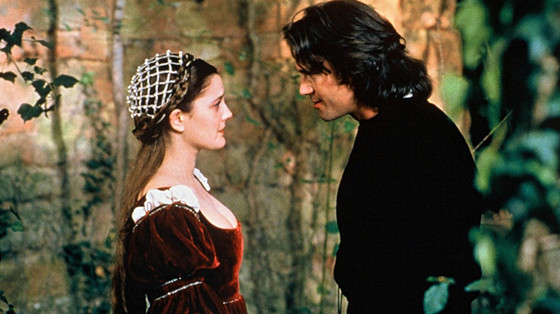
It might be unfair to pick on this movie, since it is a fairy tale, but it was designed as a realistic version of the fairy tale Cinderella, without any magic. This puts it at a particular time and place, not least because the ‘fairy godmother’ is Leonardo da Vinci, who died in 1519. That gives us a very specific time and place for the story, since he came to France in 1516. That is a very narrow window!
Prince Henry (played by Dougray Scott), who is the ‘Prince Charming’ of the movie, was born in 1519, which means that as a young man, it has to be 1540 or so, twenty-one years after Leonardo’s death. And the movie shows Leonardo arriving in France, which puts it at 1516.
There are so many mistakes that it would take a great deal of time to mention them all. For example, Danielle (aka Cinderella, played by Drew Barrymore) claims to have read Utopia as a child. It was written in 1516, the same year that Leonardo da Vinci came to France. So if Leonardo was still alive twenty years after his death, it could happen.
Then there’s the Mona Lisa, which somehow magically moves from wood to a canvas that can be rolled up and carried to France like the priceless treasure nobody knew it would be. Then Leonardo mentions that Michaelangelo was trapped under a ceiling in Rome…a reference to the Sistine Chapel, which was completed in 1512. At least it was something Leonardo knew about!
It’s as if the movie-makers wanted to cover every Renaissance cliché they could in this movie, and in that they did an admirable job.